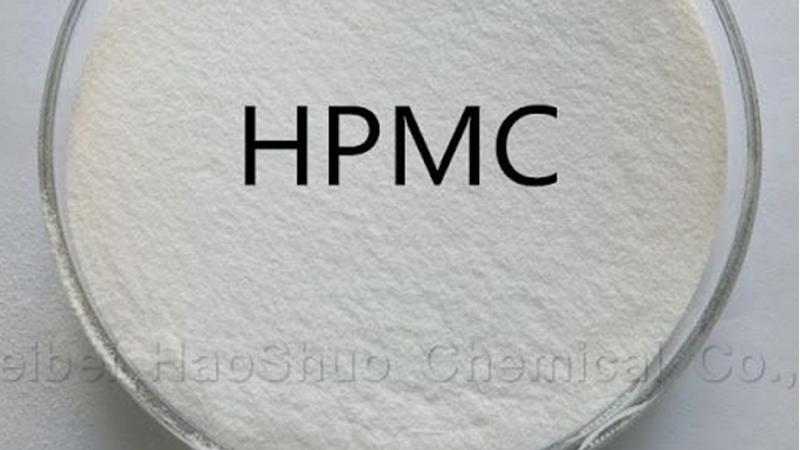Hydroxypropyl Methyl Cellulose (HPMC) is one of the raw materials applied in the construction industry to enhance the performance and durability of dry mix mortars. Says to me HPMC is used to hold water in the mix, to make it more useful in application, and to make it stick on the surfaces. That makes it perfect for things like tile adhesives, plasters, self-level floors, etc. Adding HPMC ensures that dry mix mortars have desirable characteristics with regard to their consistency and performance, hence the preference of the construction workers.
Why HPMC is Important in Drymix Mortars
This type of mortar is widely used in contemporary construction because of its versatility and handy usage. These mixes are quickly prepared by simply adding water, and therefore, there is no need to mix individual constituents at the site. These mortars still require special additives to be endowed with the most proper characteristics, and HPMC is one of the most preferable. Another advantage discovered from the study is that HPMC has the unique property of retaining the water in the cement mixtures. This reduces the rate at which water evaporates, and this is advantageous in allowing the mortar to settle down properly on the surface. This is very important so that when making the mortar, it becomes strong and long-lasting for use.
Key Benefits of HPMC in Drymix Mortars
This results in a thicker mortar, which is also easier for construction personnel to manipulate. This is because a well-mixed mortar with good thickness can be easily applied and adapted to a desired quality surface finish. Whether you are plastering a wall or putting down tiles, HPMC makes it so that you don’t go wrong with your work. This is particularly interesting in the case of walls where you want the mortar to remain in position without any sign of drip until the mortar sets.
It is also important when it comes to the adhesion of different surfaces such as concrete, brick, or ceramic surfaces of the building. Uncured flexibility is essential for items such as tiles, adhesives, and grout because they need to remain strongly bonded together and withstand people using the house, movement, and changes in the environment. To the builders, HPMC enhances the duration of structures by increasing cohesion, therefore reducing maintenance and repair expenses.
Environmental Benefits of HPMC
However, the use of HPMC has a number of pros for the environment apart from technical ones. Thus, by making dry mix mortars perform better, HPMC is reducing wastage alongside the construction workflow. Hence, improved performance reduction of material and energy usage is realized since the mortar can provide high-performance building joints in but few coats. Rarely does a structure require such a mortar and HPMC that doesn’t require frequent application or repair as this results in great savings over some time. It also created less use of material, which in turn creates less demand for resources and, overall, a smaller environmental impact.
Also, it is obtained from natural cellulose and has an environmentally friendly, non-toxic nature since it is biodegradable. This is particularly important given that the construction industry is pushing towards achieving optimum levels of green buildings. The incorporation of HPMC assists in addressing this problem by advancing the performance of construction materials while promoting the use of environmentally sound products. Developers and contractors who embrace HPMC are deciding to patronize high-quality construction works and group sustainability.
Uses of HPMC in Construction
HPMC has been widely adopted due to its levels of water retention, workability, and bonding in tile adhesives. It retains water in the mix that prevents it from drying up too quickly, affording the workers sufficient time to make required adjustments on the tiles. IT assisted by HPMC causes the adhesive to strengthen as well to ensure that when there is constant traffic, such as in sites with many people walking or in areas that are exposed to moisture, the adhesive remains strong. Hence, while using plasters and renders, HPMC enhances the workability of the mix and thus prevents the formation of cracks or imperfect surfaces. It also helps prevent shrinkage when it is drying up in the process, which causes it to crack.
In self-leveling compounds, HPMC comes into play to enable the achievement of the best flow and thickness. These compounds have to flow over the surface and, at the same time, have to fill up the intervening spaces. Again, HPMC aids in maintaining the mix in the right homogeneity and prevents settlement or separation that leads to achieving a surface with the right level. This is especially the case when preparing subfloors for tiles, wooden, or carpet installation.
Choosing the Right HPMC for Best Results
When choosing a material to be included in the formulation of dry mix mortars, it is always advisable to buy HPMC from the supplier with whom you are sure they have quality products. A good supplier will offer HPMC that dissolves thoroughly, has the required viscosity, and is able to absorb the right amount of water. This is important to ensure that the mortar is able to perform as it is required under various situations since builders are assured of what is incurred at the end of the project. Of these considerations, problem-solving and efficiency in construction are crucial since builders can expect the products to perform uniformly consistently. Quality HPMC also translates to less time lost on account of poor mix proportion, which is essential in the timely completion of projects and costs associated with same.
Conclusion
Hydroxypropyl methylcellulose is a fairly standard additive for dry-mix mortars due to the numerous advantages it has, which enhance the quality of construction materials. This is useful in maintaining water in the mix, also used in making the mortarless moist, and improves the adhesion quality. Moreover, HPMC is environmentally friendly and decreases wastage during construction, therefore making it possible for the modern construction industry to adopt it. Builders themselves can achieve better results with high-quality HPMC sourced from the right producers, and with less effort and time required, they will also save money. For more information on HPMC and its applications, please go to HPMC for drymix mortar.


